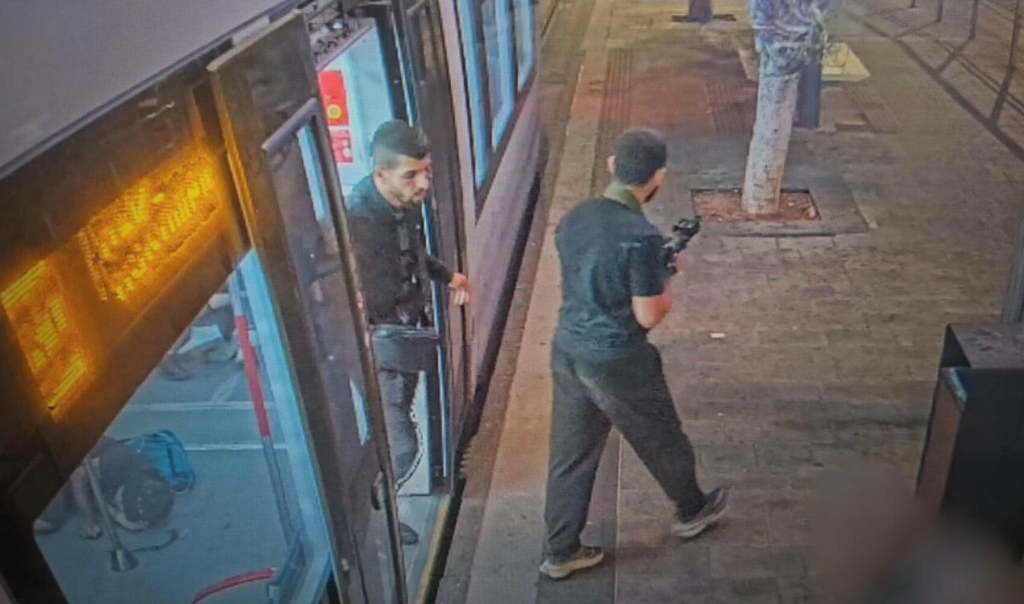On a recent Tuesday in the Israeli city of Jaffa, a shocking mass shooting unfolded, leading to multiple casualties and a heightened state of fear across the region. According to reports from local media, two gunmen launched a shooting spree near a light-rail station located on Jerusalem Boulevard. Initial assessments indicated that at least ten people were wounded, with critical injuries noted for two individuals. The police swiftly classified the incident as a suspected terror attack. This violent outbreak occurred just hours before another alarming incident: a large-scale ballistic missile strike on Tel Aviv by Iranian forces.
As emergency responders rushed to the site of the shooting, the situation escalated dramatically. Subsequent updates from Israel’s Magen David Adom (MDA) confirmed the grim news that eight people had lost their lives due to the assault. The police reported that the attackers had been “neutralized,” although details surrounding their identities and motives remained murky. Eyewitness accounts described the scene as chaotic and horrifying; various reports indicated that at least fourteen individuals had been shot during the incident. Early security footage purportedly captured two men, described as Arabs or potentially Palestinian, armed with assault rifles.
The impact of this violent episode resonated beyond the immediate tragedy; it exacerbated an already tense atmosphere throughout Israel. As news of the Jaffa shootings broke, Iran commenced a significant ballistic missile attack targeting Tel Aviv, further amplifying public anxiety. Alarm sirens blared across cities, prompting millions of Israelis to seek refuge in bomb shelters for safety. This coordination of violence—the shooting in Jaffa occurring in close temporal proximity to the missile assault—underscored the fragile security landscape that Israel finds itself navigating.
Media coverage, particularly from outlets like the Times of Israel, painted a vivid portrait of the horrors that ensued during the shooting. Reports detailed the anguished faces of those present at the scene, now grappling with the aftermath of violence, the loss of life, and the uncertainty that loomed in the air. The frequency of such attacks raises alarm among civilians and authorities alike, as the people of Israel confront the harsh realities of living under constant threat from both local and foreign actors.
In the wake of the attack, law enforcement and emergency services were deployed in mass force to secure the area and pursue any additional threats. Investigations began immediately to piece together the events leading up to the attack, including possible motivations for the gunmen. The psychological toll this event would take on the local population is undeniable, as community members are left to process their grief amidst the background of ongoing geopolitical tensions, particularly with Iran’s aggressive posturing toward Israel.
As the situation unfolds, it continues to be a significant topic of discussion in Israeli and international media. The dual realities of the shooting in Jaffa and the missile strike from Iran highlight the precariousness of security in the region. Each incident in this cycle of violence contributes to a larger narrative of fear and anxiety, deeply affecting not just those who were directly impacted but the entire nation and its global relations.

